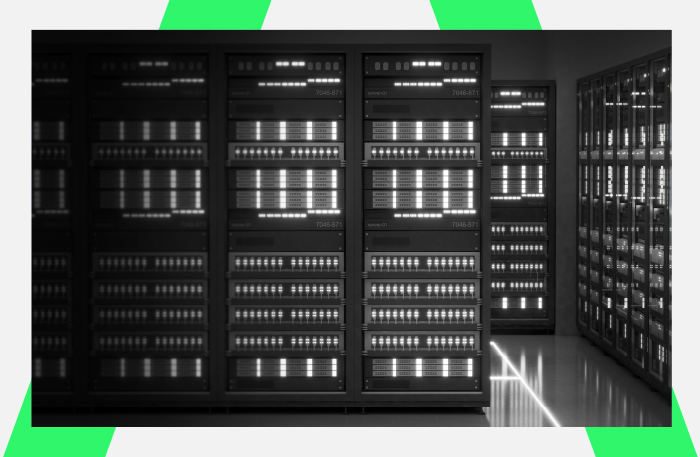
Capturing network packets is a fundamental practice in network performance monitoring for several reasons, serving as the cornerstone for understanding and optimizing network behavior, troubleshooting issues, and ensuring security compliance.
Here’s why it matters:
1. In-depth Analysis and Troubleshooting
Packet capture allows network engineers to obtain a detailed view of the traffic flowing through a network. By analyzing these packets, they can pinpoint the root cause of network problems such as latency, packet loss, or bandwidth issues. This detailed data is invaluable for troubleshooting complex network issues that cannot be resolved through higher-level analysis alone.
2. Security Analysis
Capturing packets is crucial for identifying and analyzing potential security threats, such as malware, ransomware, and phishing attempts. By examining the contents of packets, security professionals can detect suspicious activities, understand the nature of specific attacks, and take appropriate measures to mitigate threats.
3. Performance Benchmarking
Network packets provide granular data on network performance, including response times, service quality, and traffic patterns. This information is essential for benchmarking network performance, identifying trends over time, and making informed decisions on network optimization and capacity planning.
4. Compliance and Forensics
For organizations subject to regulatory requirements, packet capture is often a necessary component of compliance efforts. Captured packets can serve as evidence of compliance with data handling and privacy regulations. Additionally, in the event of a security breach, captured packets are critical for forensic analysis, helping to identify how an attack occurred and the extent of the impact.
5. Network and Application Performance Monitoring
Capturing network packets enables detailed analysis of application performance from a network perspective. This helps in understanding how different applications are affecting network performance and vice versa. It’s particularly useful for diagnosing issues with application-specific transactions or interactions that may not be visible through traditional monitoring tools.
6. Quality of Service (QoS) and Quality of Experience (QoE) Monitoring
Packet analysis helps in monitoring and ensuring the quality of service and experience for end-users. By examining packets, engineers can verify if critical applications are receiving the bandwidth and resources they require and if network policies are correctly prioritized traffic according to organizational needs.
7. Network Optimization
By analyzing packet data, network engineers can identify inefficiencies and bottlenecks in the network, leading to targeted optimizations. This can include reconfiguring network devices, updating policies, or upgrading infrastructure components to improve overall network performance.
Conclusion
Packet capture provides the microscopic view necessary for a comprehensive understanding of network activities, performance issues, and security threats. It’s a powerful tool in the network engineer’s toolkit, offering insights that are critical for maintaining and optimizing network health, security, and efficiency. Despite its advantages, packet capture should be used judiciously, considering the volume of data and privacy implications.



